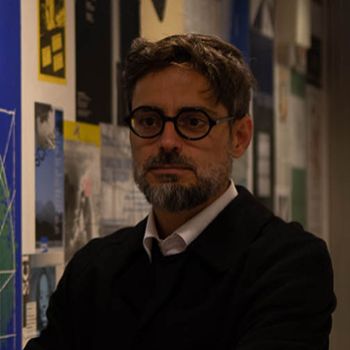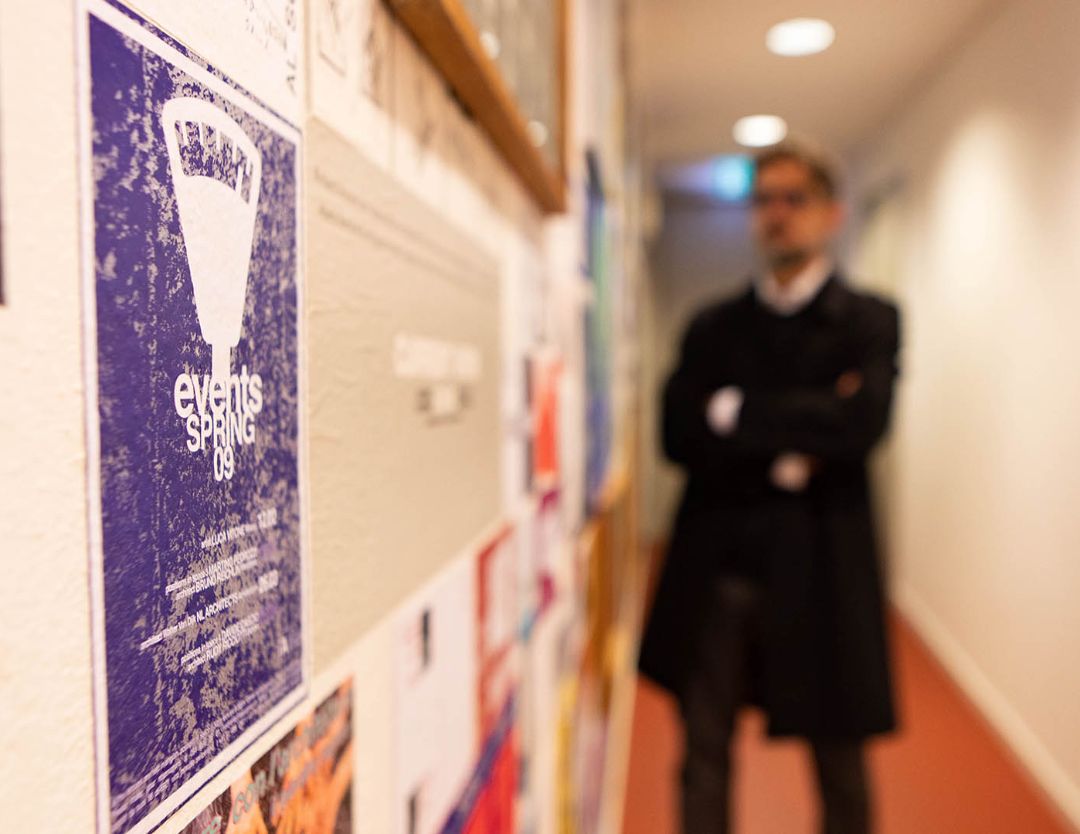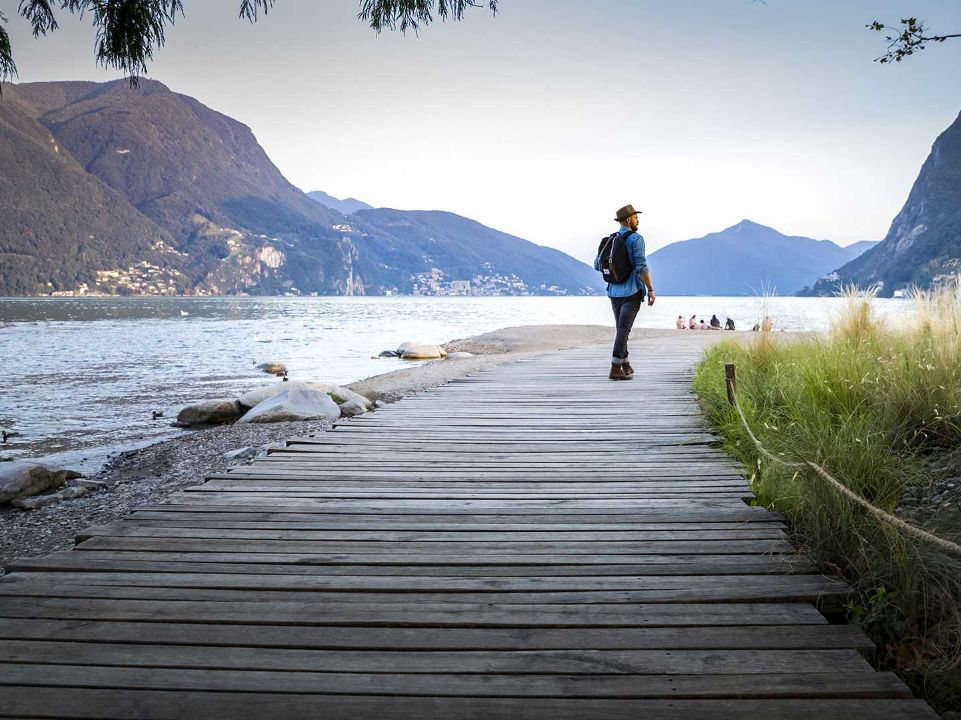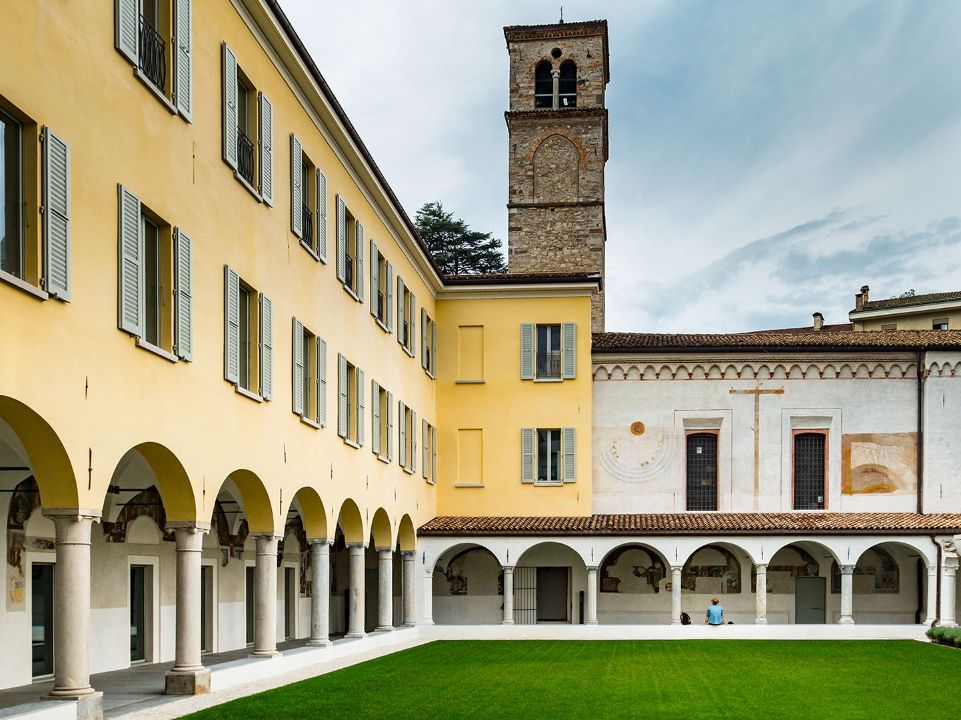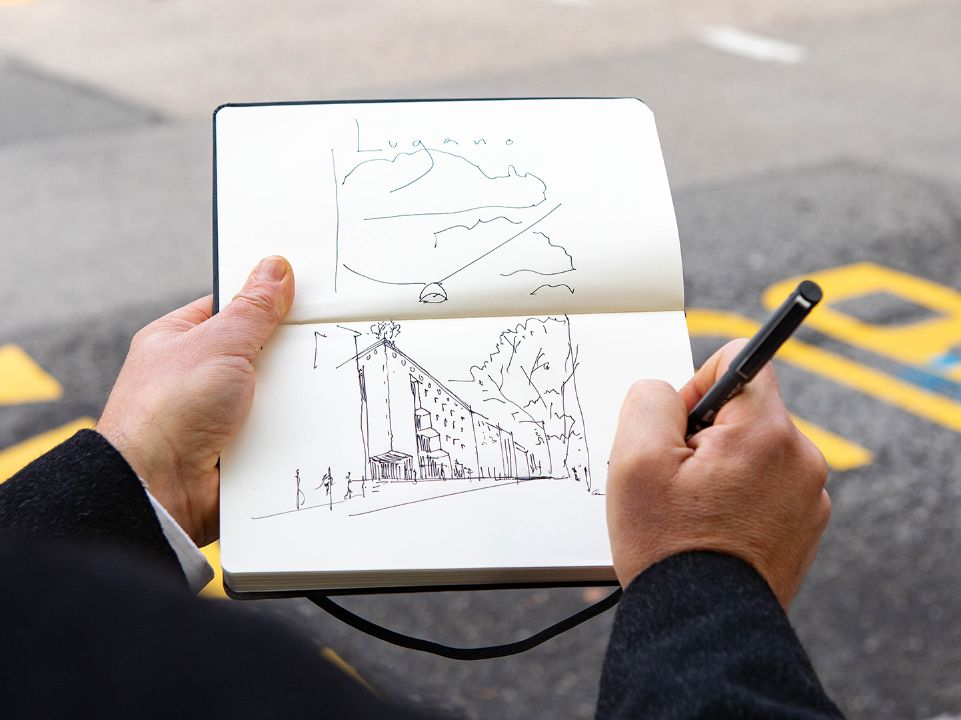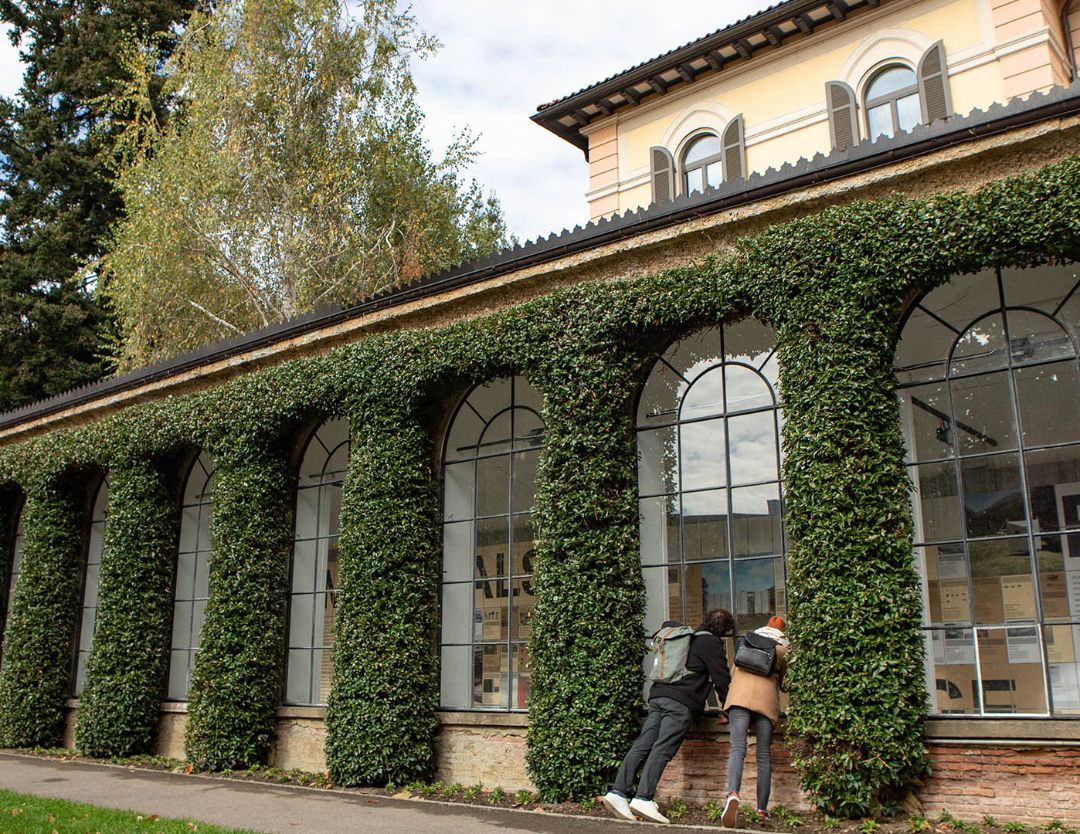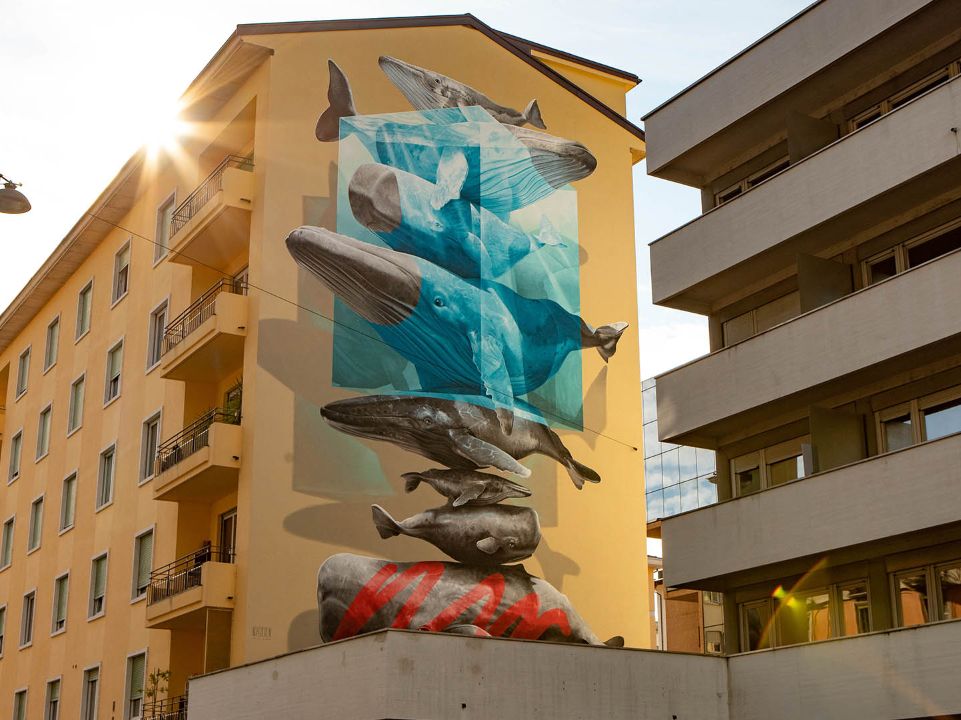With its tours around Lugano, the i2a international institute of architecture aims to highlight the town’s cultural richness and showcase the urban development of the last two centuries. Its contemporary architecture and modern street art bear witness to its status as a rapidly evolving, lively town. A tour led by experts.
THE CHARACTER
Guido De Sigis, architect
We show things in the town that require nothing more than opening your eyes.

